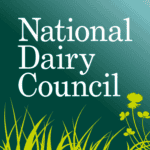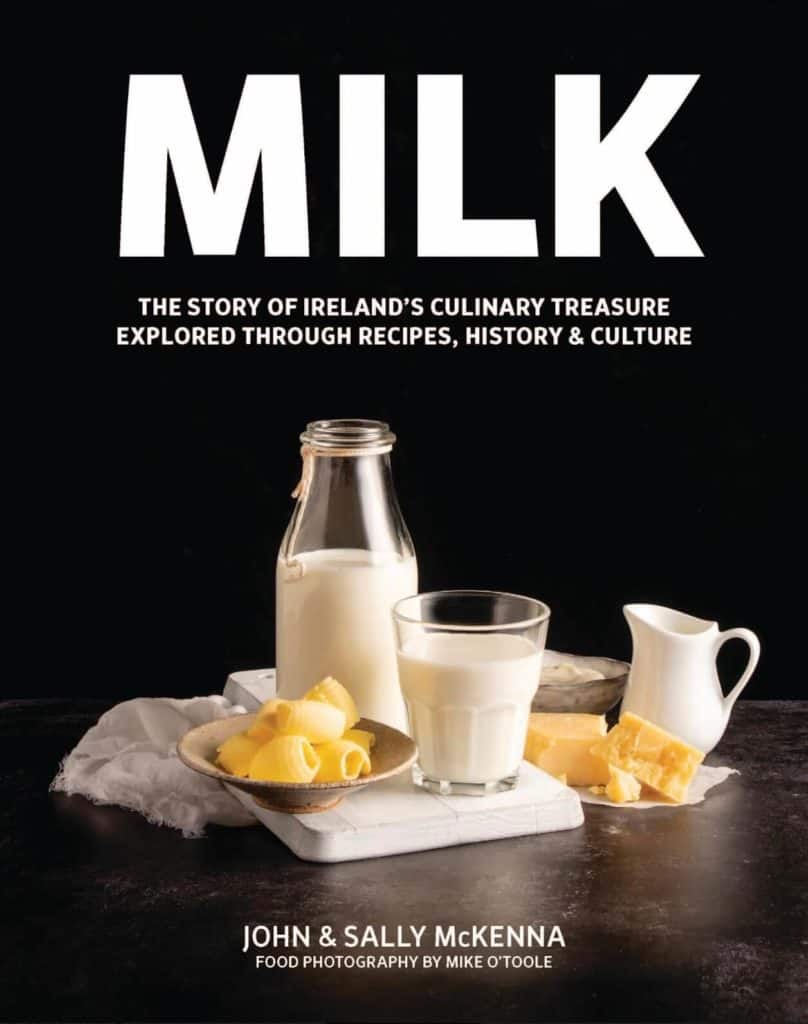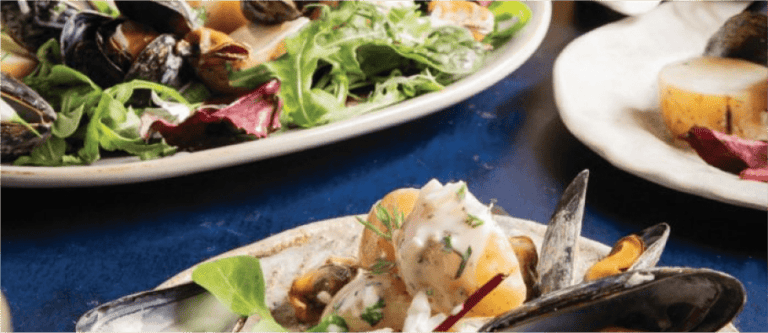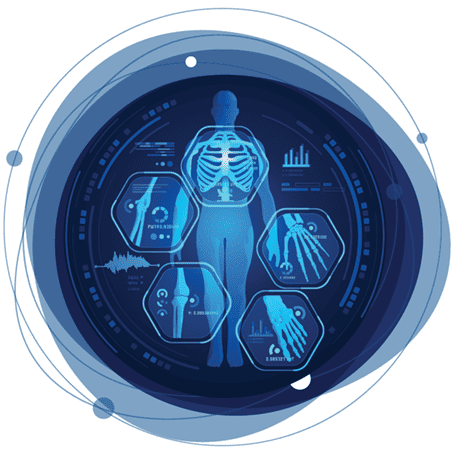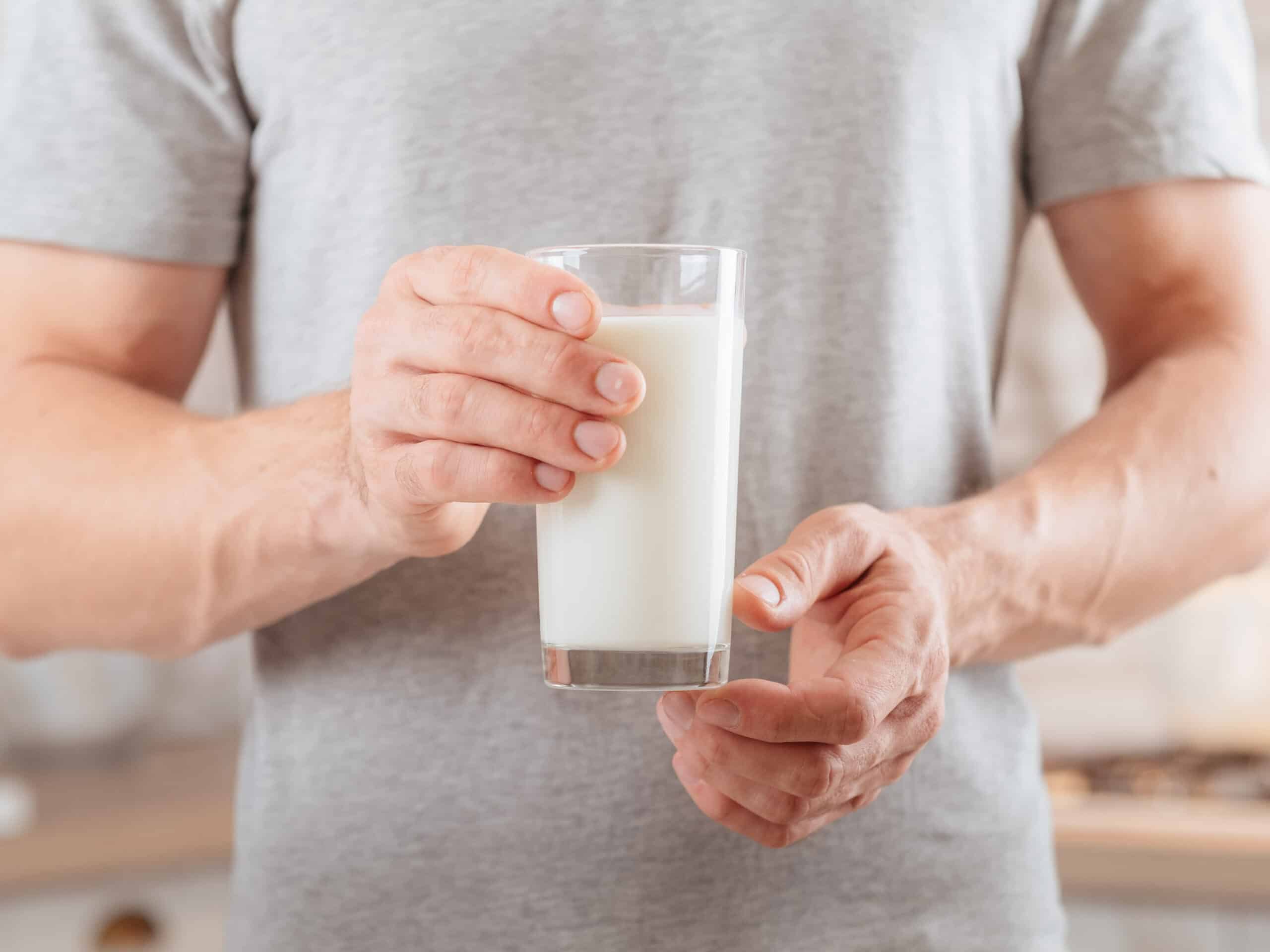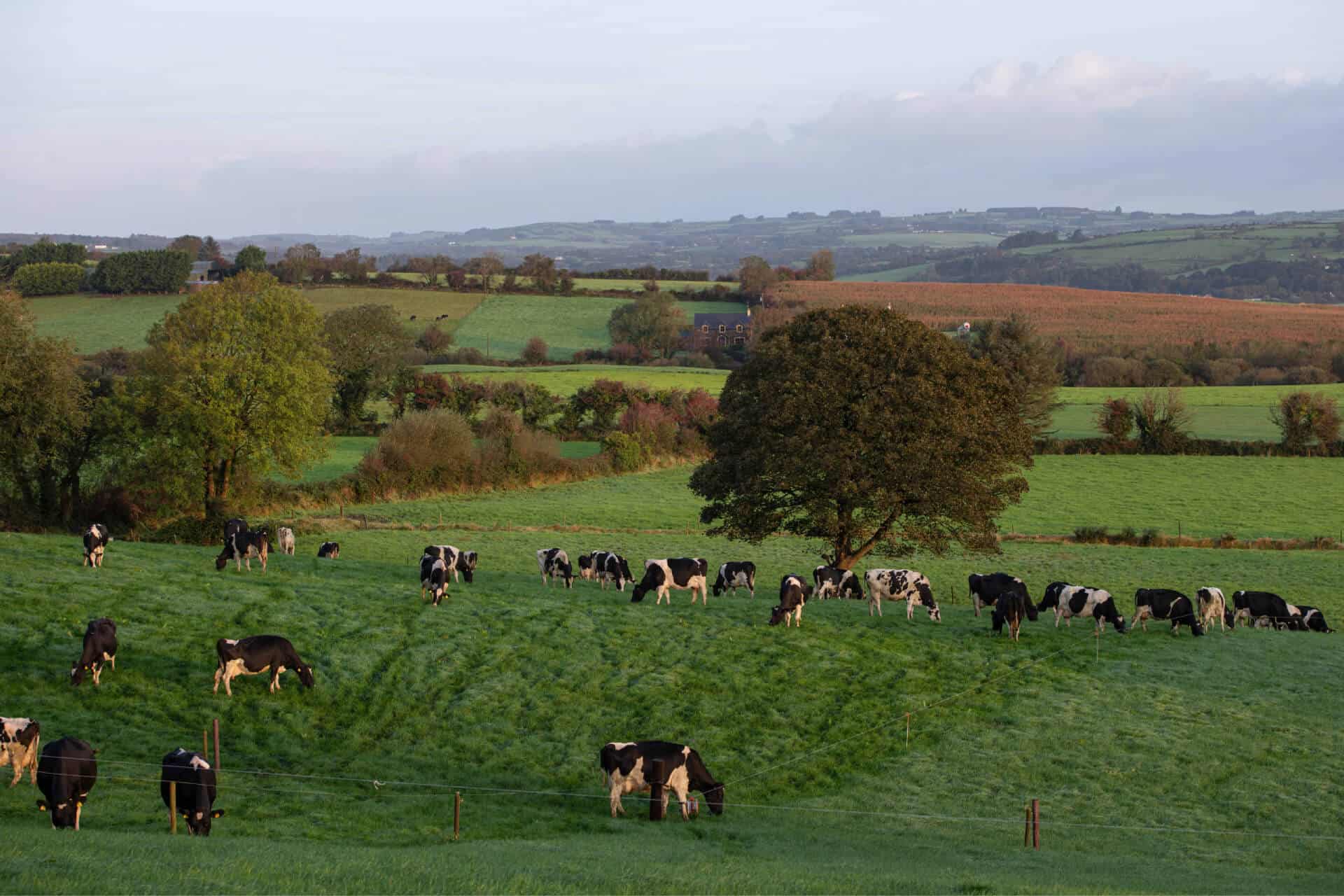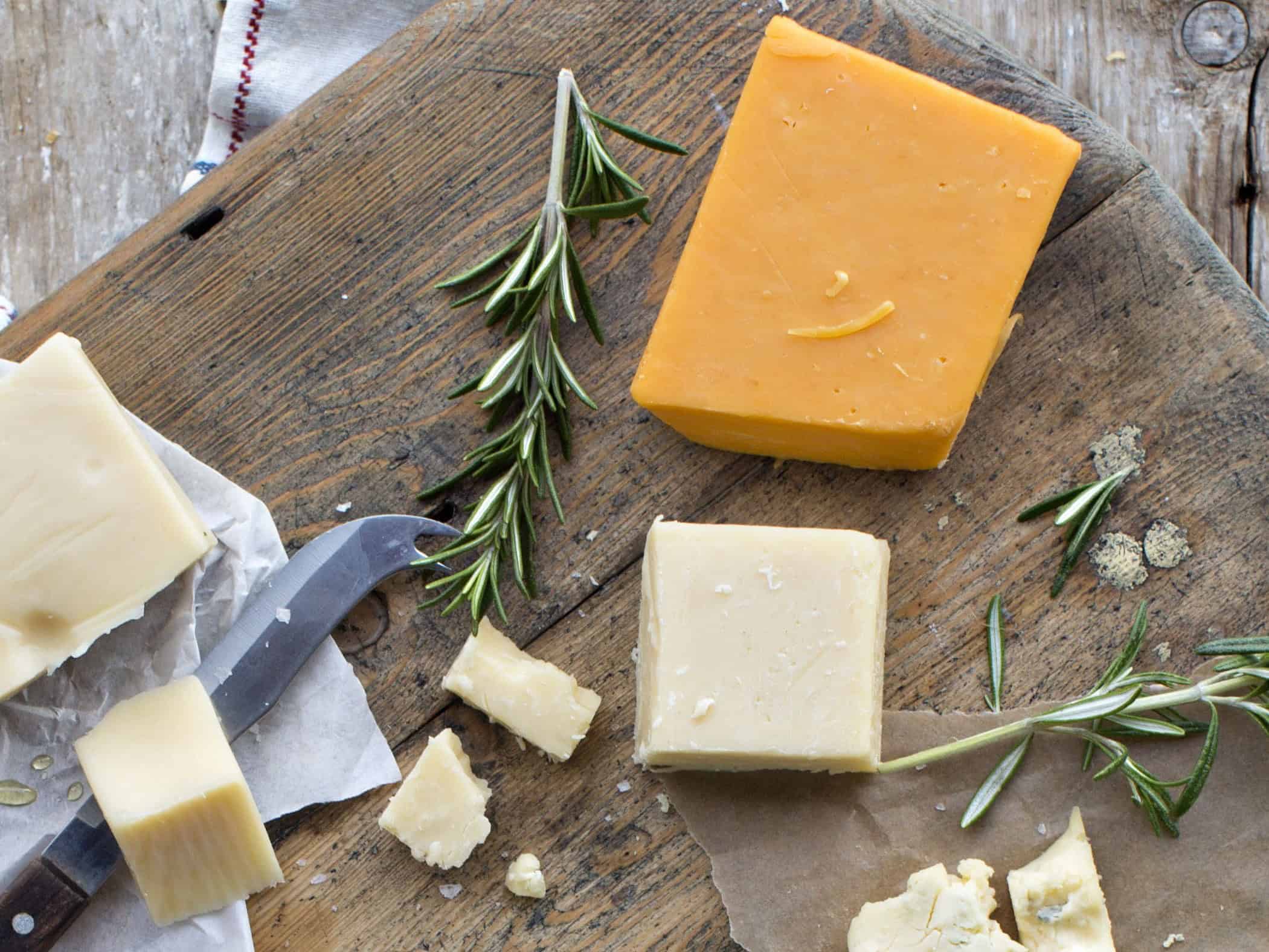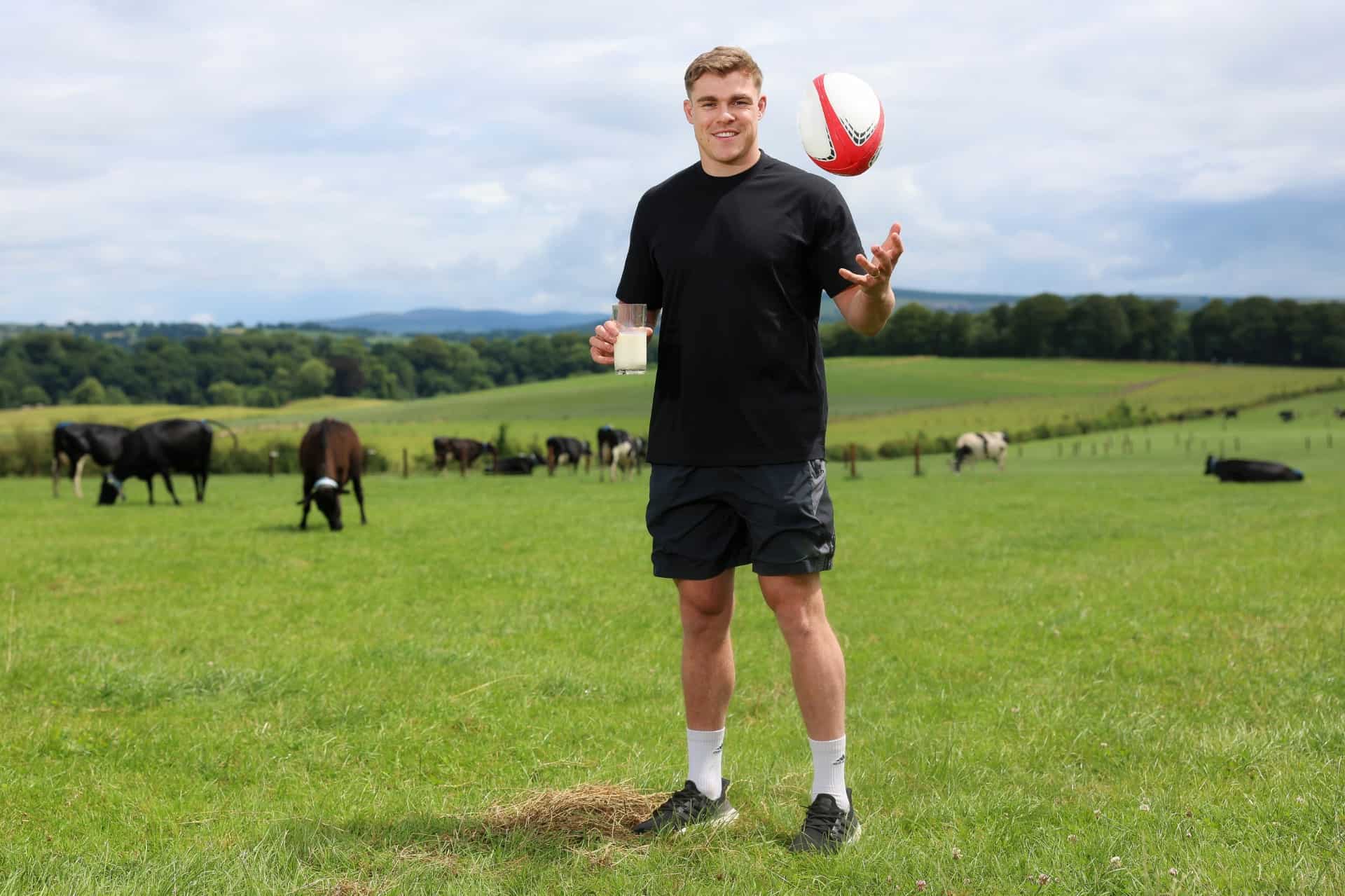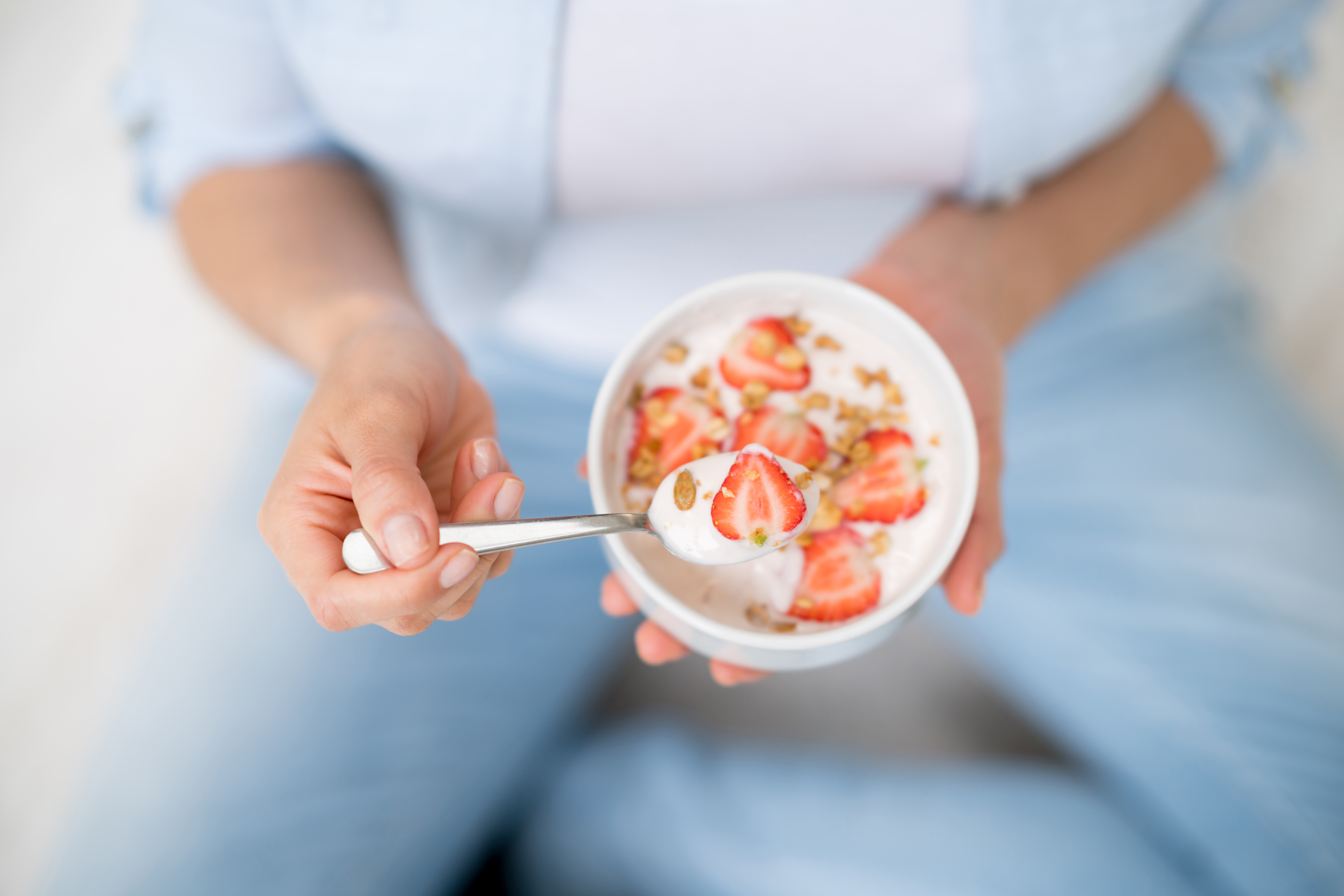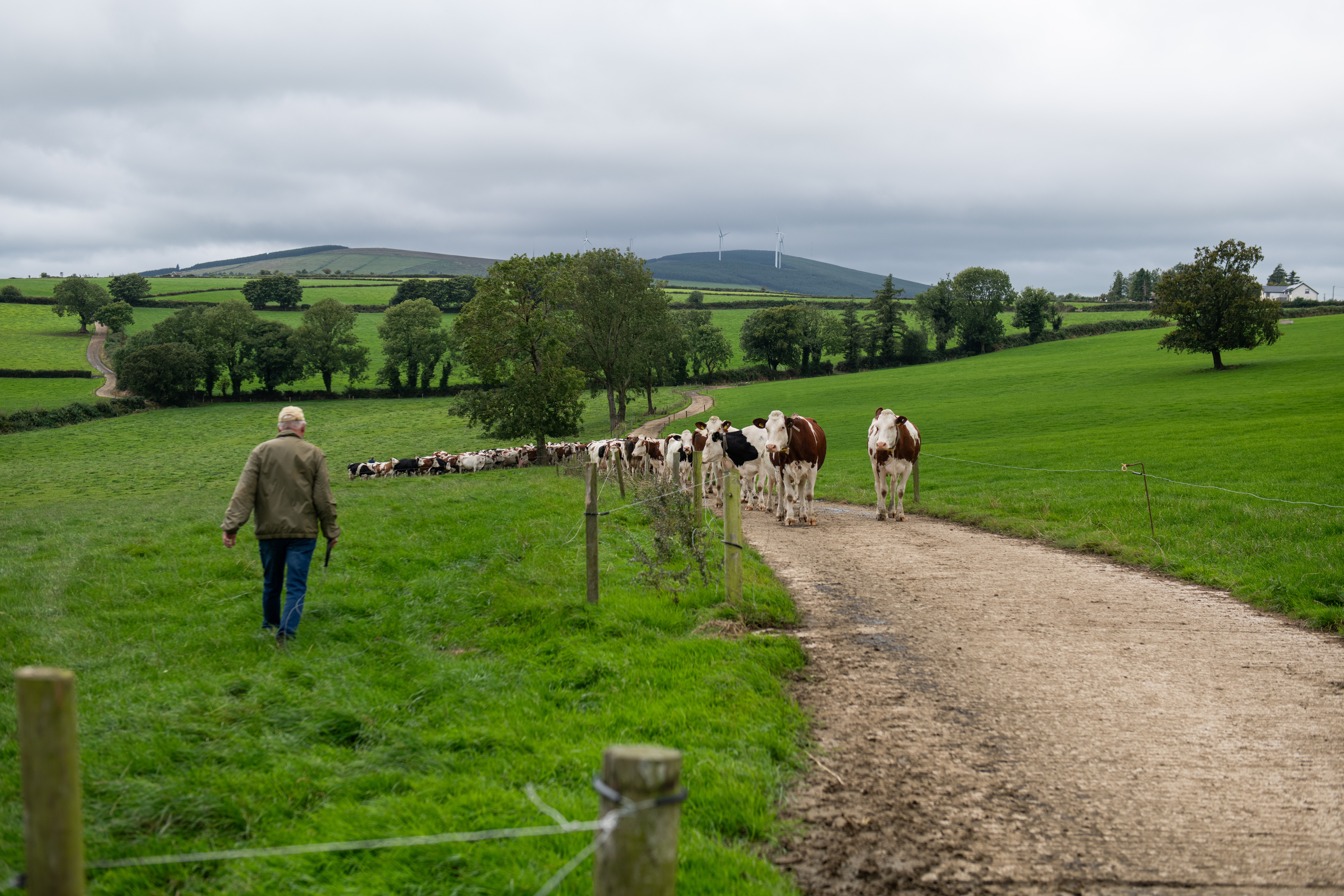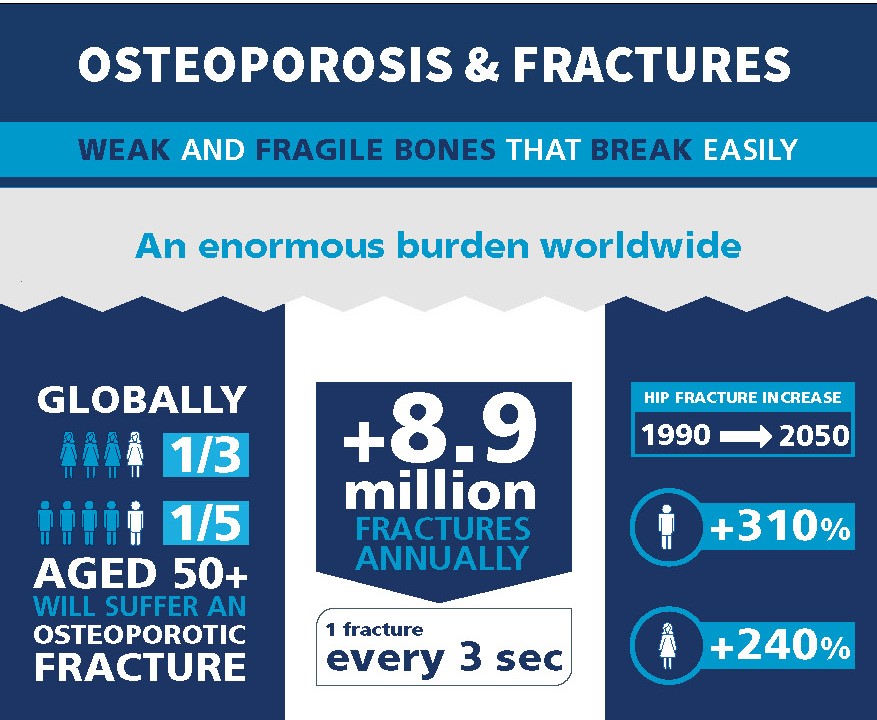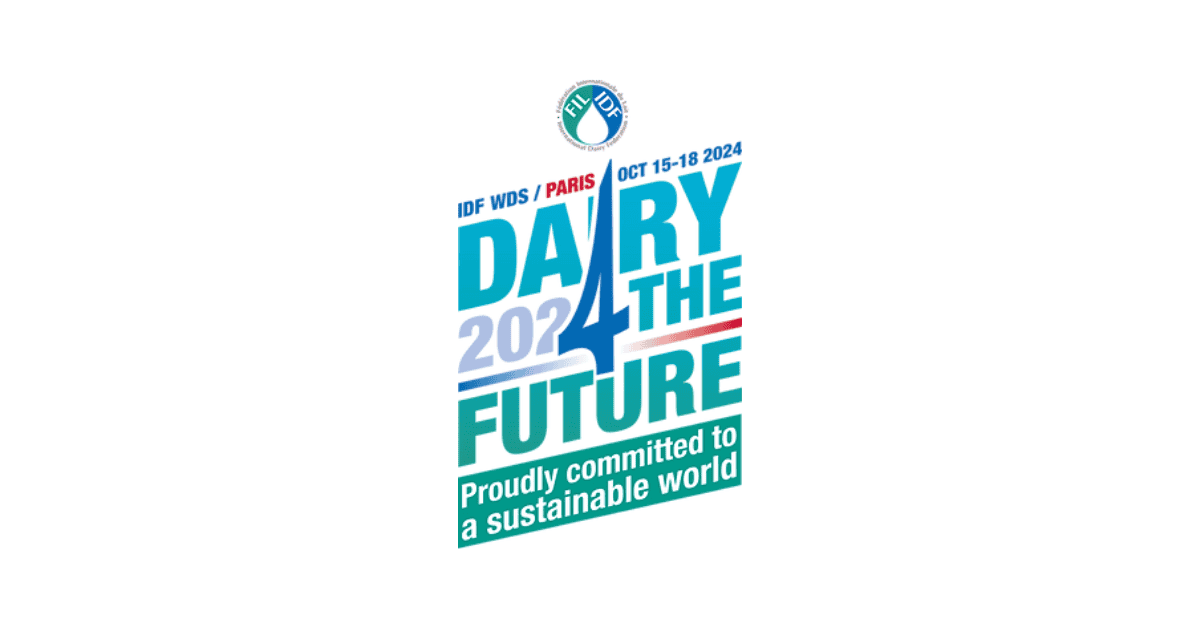20 Milk Facts!
- Milk is a Neolithic food – it is estimated that milk drinking began around 7,500 years ago in central Europe. Archaeological evidence includes ancient wall paintings, residues on clay pots and from prehistoric teeth!
- Milk is naturally one of the most nutrient dense foods available; just 100ml is a source of 8 essential nutrients – protein, riboflavin, vitamin B12, calcium, iodine, potassium, phosphorus and pantothenic acid.
- Dairy production is a major contributor to the Irish economy, with export value reaching around €4 billion each year. The sector supports 60,000 jobs and for every €1 spent in the sector, an additional €2.50 is spent in the Irish economy.
- ‘Natural selection’ is the term given to the genetic adaption that enables people to digest lactose. It arose in populations that farmed dairy animals and it is recognised as an ‘evolutionary advantage’. This is due to the nutritional benefits of the wide selection of nutrients provided by dairy foods.
- Three servings from the ‘milk, yogurt and cheese’ food group provides 100% of the recommended daily intake of vitamin B12. This vitamin is only found in foods of animal origin and contributes to normal energy metabolism, functioning of the nervous system and immune systems, cell division and the reduction of tiredness and fatigue.
- Yogurt is produced by adding a special bacterial starter culture to fresh milk. It causes the milk to ferment, converting the naturally occurring milk sugar, lactose, into lactic acid. This gives natural yogurt its thick, smooth consistency and slightly tangy flavour.
- Irish dairy is based on a grass-based production system, giving it one of the lowest carbon footprints internationally. Efforts are focused on continuing to improve, with data from recent years showing a 10% reduction in the carbon footprint per kg of milk. It is estimated that for every 10-day increase in outdoor grazing, there is a 1.7% reduction in greenhouse gas emissions.
- Irish butter has a natural golden-yellow colour, due to its carotene content. The rich carotene pigment comes from grass, which forms the basis of an Irish cow’s diet. The human body can convert carotene to vitamin A.
- The protein in milk is considered a ‘complete’ protein as it contains all of the essential amino acids. These are the building blocks that the body uses for growth and repair. Three servings from the ‘milk, yogurt and cheese’ food group across the day, provides 21g of protein.
- Dairy cows are generally milked twice a day, once in the morning and again in the evening; a cow can produce up to 28 litres of milk each day; cows have almost total 360-degree panoramic vision, so they can see all around them; cows can smell something up to 6 miles away; no two cows have exactly the same pattern of black and white markings – they are all different which means they are like a human’s fingerprint!
- Dairy foods are the main provider of iodine in the Irish diet, with three servings from the ‘milk, yogurt and cheese’ food group providing 100% of the recommended daily intake. Iodine contributes to normal cognitive function, energy metabolism, functioning of the nervous system, normal skin and normal thyroid function.
- Family farms are the heart of Irish dairy, with over 18,000 farms across Ireland producing 7.5 billion litres of milk in a year.
- The lactose in milk is not classified in the same category as ‘free’ or ‘added’ sugars as it is a naturally occurring sugar. Therefore, it is not included in the sugar reduction guidelines. The calcium and phosphorus in milk contribute to the maintenance of normal teeth.
- The Department of Health’s healthy eating guidelines advise 3 servings from the ‘milk, yogurt and cheese’ food group each day as part of a healthy, balanced diet. Between the ages of 9-18 years, 5 servings per day are recommended due to the increased calcium requirements at this life stage. Examples of one serving include a 200ml glass of milk, 125g yogurt or 25g cheddar cheese.
- Milk is well known as an excellent source of calcium with a 200ml glass providing 31% of the recommended daily intake! Calcium is needed for the growth and maintenance of normal bones and teeth; and contributes to normal blood clotting, energy metabolism, muscle and nerve function.
- Ireland has one of the lowest rates of lactose intolerance globally, with 4-5 % of the population affected. Depending on the tolerance level, most people with lactose intolerance can still consume small amounts – typically a dose of about 12g, which is about the amount in a glass of milk. The amounts in yogurt and cheese is considerably lower (5.9g in 125g pot of plain yogurt and 0.03 g in 25g serving of cheddar cheese).
- A 200ml glass of semi-skimmed milk provides just 92 kcal. This equates to less than 5% of the calories in a standard 2000 kcal diet.
- Whole milk has a fat content of about 3.5%. This is comprised of over 400 different fatty acids, which contribute to the distinctive texture and flavour of dairy products.
- Cheese is made from the solid component of milk, known as the ‘curd’. The maturation process, where cheese is ‘ripened’ for different lengths of time in different environments is what gives rise to the range of flavour depths and textures in cheese.
- In Ireland, approximately 99% of the water used for milk production is supplied naturally by rainfall. With almost zero impact on water stress, Ireland is one of the best places in the world for sustainable milk production.
For futher information contact:
Cathy Currran, Communications Manager, National Dairy Council
+353 1 290 2518 | pr@ndc.ie
